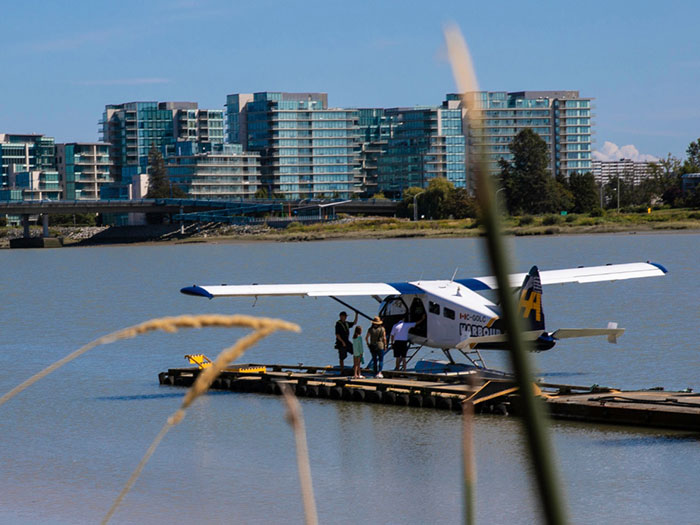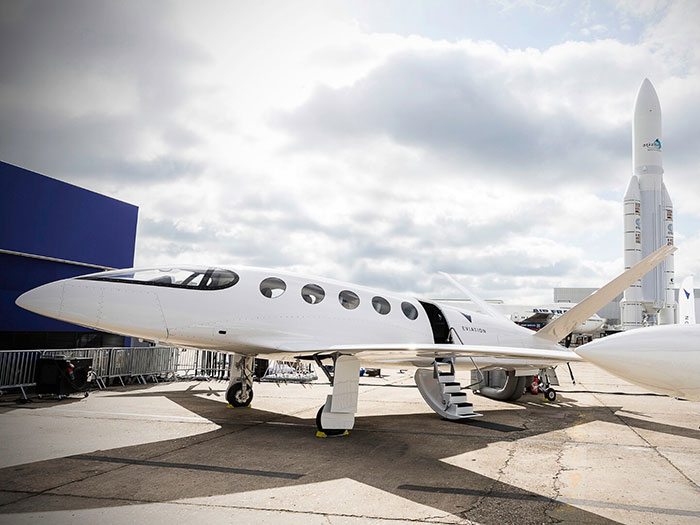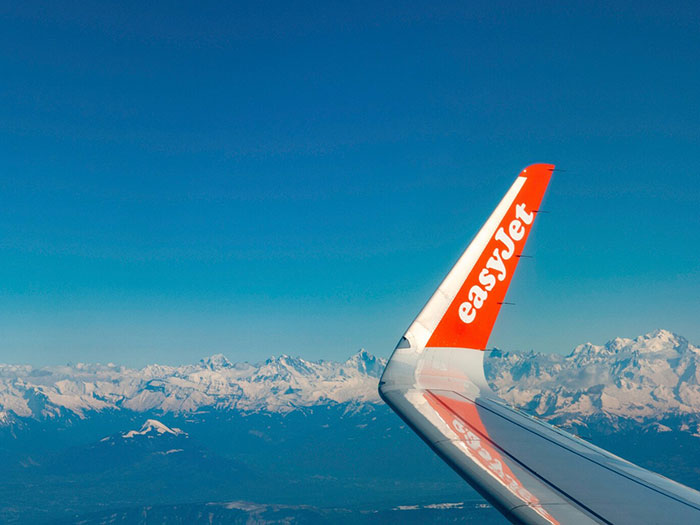Electric mobility: after cars and trains, is now the turn of planes?
In the field of aviation, transport’s main culprit for emissions, the switch to electric is starting to get off the ground with the first electric planes expected in 2022 – but challenges remain.
The original content was created by and appears on nationalgeographic.com as part of the AUDI AG brand partnership with National Geographic. Copyright: National Geographic; Photos: Yassine Khalfalli, Harry Woulds, Eviation, Simon Fitall, Joel Jasmin
Transport is rapidly moving towards electric power to protect the planet. Cars and trains in particular are becoming increasingly sustainable. In contrast, emissions from air travel are expected to increase sevenfold by 2050.
This is something that the planet just cannot sustain, and which individuals can limit only in part: by choosing green airlines, offsetting emissions, or simply by flying less. These however are not definitive solutions.
The weight challenge
Making an electric plane fly throws up many challenges, with the biggest one being the weight of the batteries needed to power long-haul flights. They would need to be so heavy that the plane would never take off.
But, with two billion air tickets sold for flights under 500 miles (805 km) annually, the potential for short-haul journeys to go green is much more optimistic.
Short haul

Harbour Air is the largest seaplane airline in North America, flying 500,000 passengers on 30,000 commercial flights in a fleet of 40 propeller-driven seaplanes each year over snow-capped mountains, stunning pine forests, and clear, pristine waters.
Crucially, all their routes last less than 30 minutes, making it a perfect fit for electric engines. “As an airline, we’re already carbon neutral - but we want to do more,” says CEO Greg McDougall. “We’re currently in the process of converting our entire fleet of planes into all electric airplanes.”
The economic benefits
Harbour Air has partnered up with magniX, an electric aviation company, to create the world’s first zero-emission commercial flight. It leaves the tarmac for take-off in 2022.
Making the skies electric isn’t just good for the environment, it makes sound financial sense; a small aircraft uses 400 US dollars on conventional fuel for a 100-mile flight, while a similar sized electric one costs just 8-12 US dollars in electricity for the same distance, and that’s before you factor in the higher maintenance costs of a traditional piston engine. In addition, there’s no loud engine noise, no vibrations, and they are more pleasant to fly in.
Medium haul

Medium-haul flights, on the other hand, present more of a challenge. Israeli start-up Eviation is attempting to rectify this with its new aircraft, called Alice, which is powered by three rear-facing propellers and has a flat lower fuselage to help with lift.
“We built our plane around its propulsion system, which is more compact and lightweight than a traditional version, opening up non-conventional solutions," says CEO Omer Bar-Yohay. The plan is that Alice will carry nine passengers with a range of 650 miles at a height of 10,000 ft. Eviation has already received its first orders ahead of the aircraft’s inaugural flight scheduled for 2022.
The technical challenge
However, the technical challenges facing the e-plane industry remain: even the best lithium batteries only provide 250 watt-hours per kilogram. Compare this to liquid fuel, which has a specific energy of 11,890 watt-hours per kilogram – and in aircraft, weight counts much more than in cars.
Then there are the international regulations for aviation and safety to consider. The industry has spent years making the rules governing flying comprehensive, safe, and very, very stringent. The rules for piston-driven engines just don’t make sense when applied to an electric-powered plane. A case in point: under current Federal Aviation Administration rules, larger lithium batteries have to be encased in a “coffin” to prevent a possible fire or leak. Obviously that can’t work when the battery is what’s powering your flight. It could therefore take years for the regulations to catch up with the technology.
The hybrid idea

One option to facilitate the transition from gasoline to electric in aviation could be hybrids. Take a just under 950-mile (around 1,500 km) medium-haul flight; CO₂ emissions could be drastically reduced as the electric component is switched on at key parts of the journey, notably on take-off and landing.
There are several hybrid models already in production: the Airbus, Rolls-Royce, and Siemens’ E-Fan X program features a two megawatt electric motor and has a 2021 launch date, while Easyjet is collaborating with Wright Electric, with the goal of using electric aircraft on its regular services within ten years.
Source: AUDI AG
